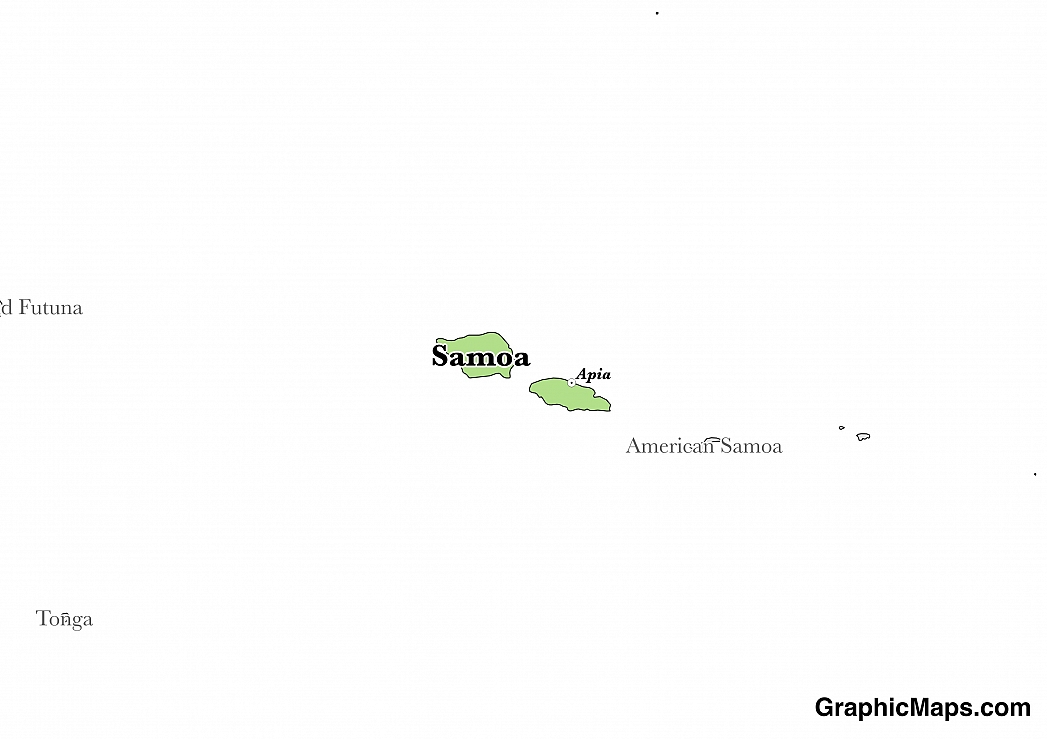The capital and largest village in American Samoa is Pago Pago which also has the distinction of being the island’s only modern urban center. Located on American Samoa’s main island, Tutuila, Pago Pago is home to one of the deepest natural harbors in the South Pacific region. The city is made up of a number of surrounding villages including Utulei and Fagatogo. Pago Pago has been inhabited for about 4,000 years and has served as the capital of American Samoa since 1899.
Statistics from 2010 state the total population of Pago Pago as 3,656. According to estimates made the following year, however, the population of Pago Pago along with its neighboring villages, an area known as Greater Pago Pago, is home to 11,500 residents. Approximately 90% of the territory’s entire population lives in Pago Pago. This may be due to Pago Pago’s naturally protected harbor which is sheltered and thus provides an ideal place for fishing.
Pago Pago attracts an estimated 34,000 tourists each year. According to figures from 2015 over 69% of these visitors come from the United States. Along with tuna canning and food processing tourism is among the area’s most important industries. One of the most popular natural attractions for international visitors is Rainmaker Mountain which stands at a height of 1,716 feet. The mountain along with its base region was designated as a National Natural Landmark in 1972. Another popular spot for tourists is the Jean P. Haydon Museum which chronicles the history, art, and culture of the Samoan people. Here visitors can expect to see exhibits featuring canoes, traditional tattooing, as well as artifacts such as kava bowls, coconut-shell combs, and even lunar rocks brought back by Apollo astronauts and then given to the museum by President Nixon.
The climate of Pago Pago is classified as being that of a tropical rainforest. Humidity in the city is at an average of 80%.The city has been called one of the wettest places in the world as it receives some 119 inches of rain per year. Most of this precipitation falls during the rainy season from November to April. Pago Pago also has a windy season that runs from May to October as well as a hurricane season. The abundance of rain experienced in Pago Pago is partially the result of the influence of Rainmaker Mountain which facilitates the formation of clouds which in turn results in rainfall.
This page was last modified on May 1st, 2018
More on Graphicmaps
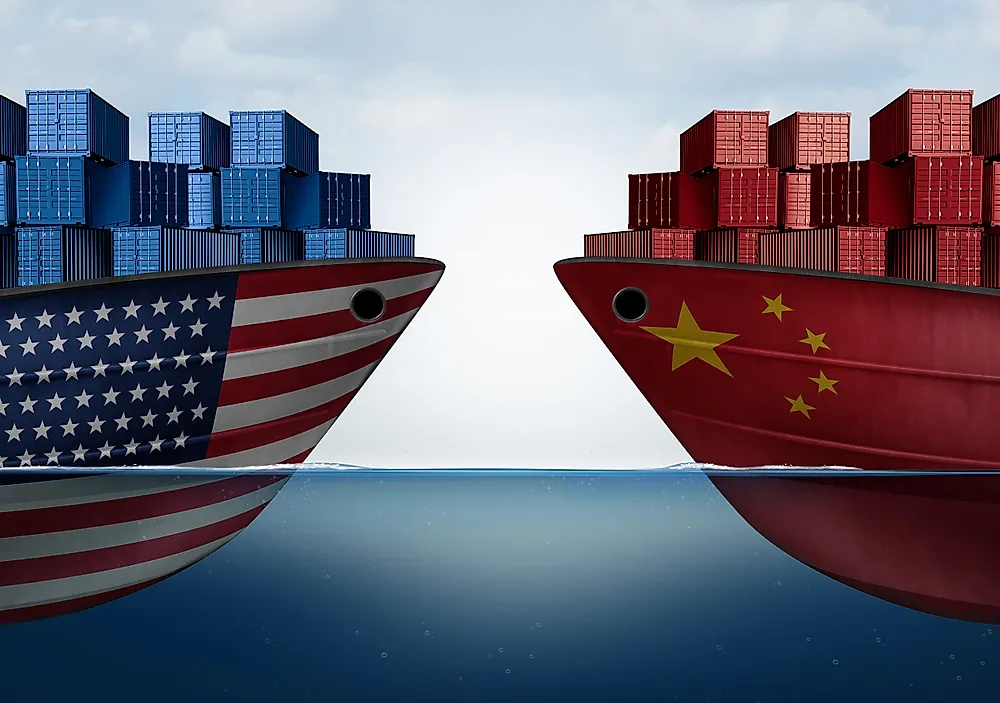
Published on 2019-11-06
What is a Trade Embargo?
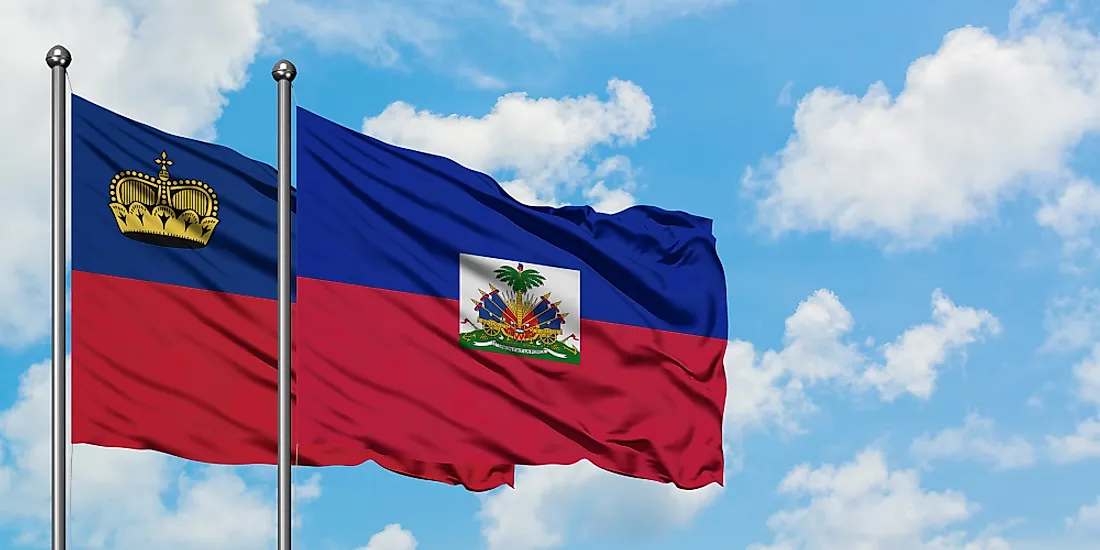
Published on 2019-11-04
Which Two Countries Used to Have the Same Flag?
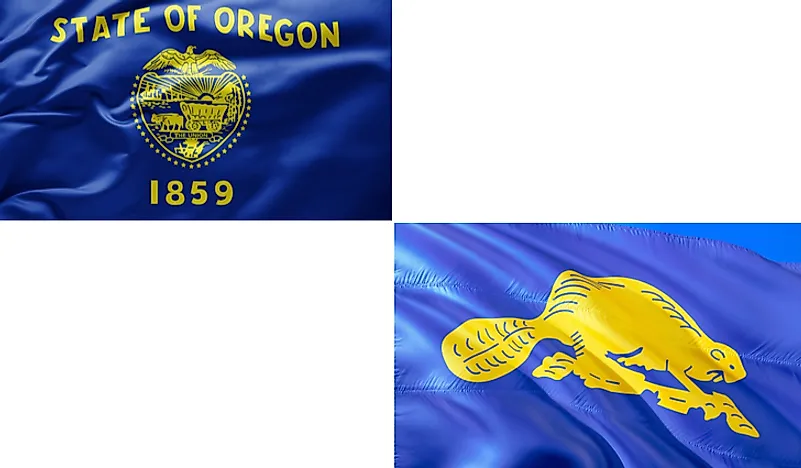
Published on 2019-09-16
What Is the Only Two-Sided State Flag?
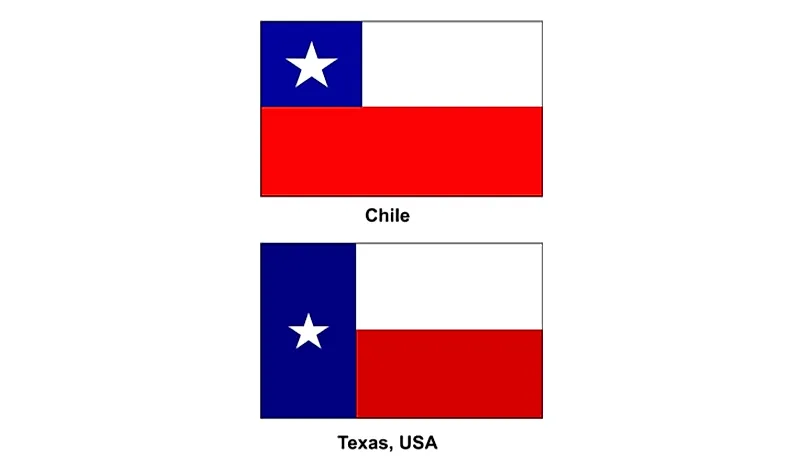
Published on 2019-09-16
Which Country Flag Looks Like the Texas Flag?

Published on 2019-08-29
Flags That Resemble the US Flag

Published on 2019-08-20
